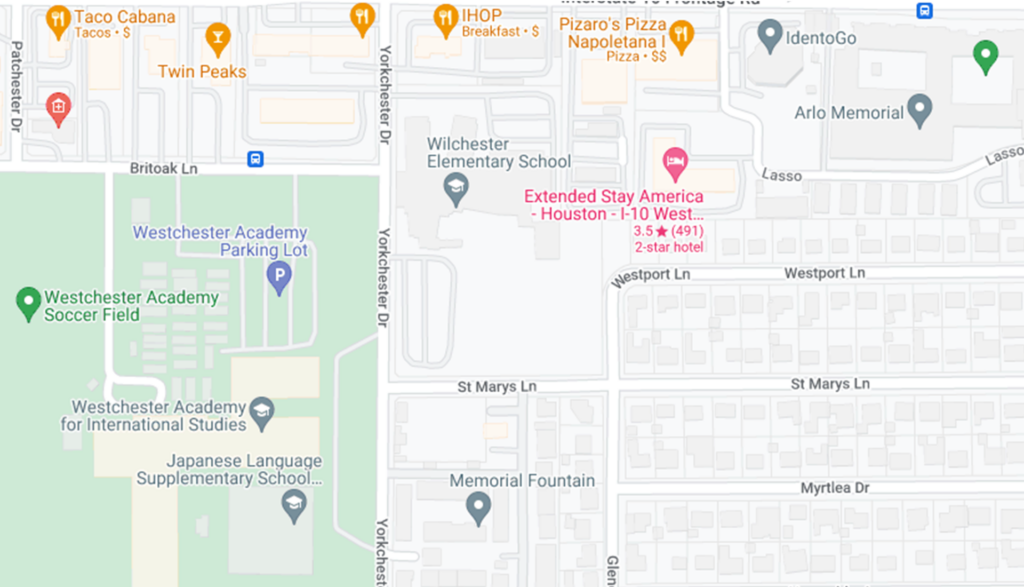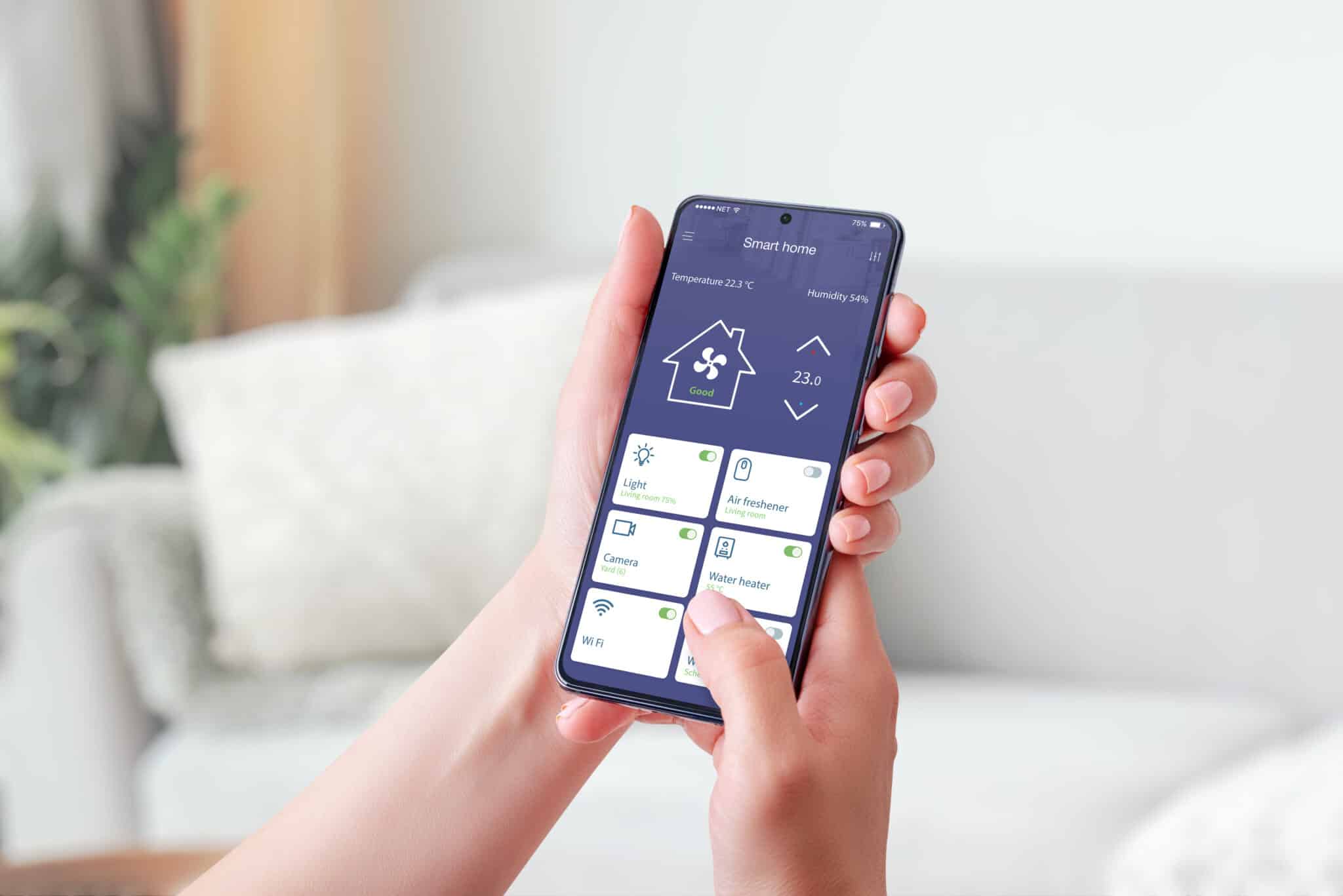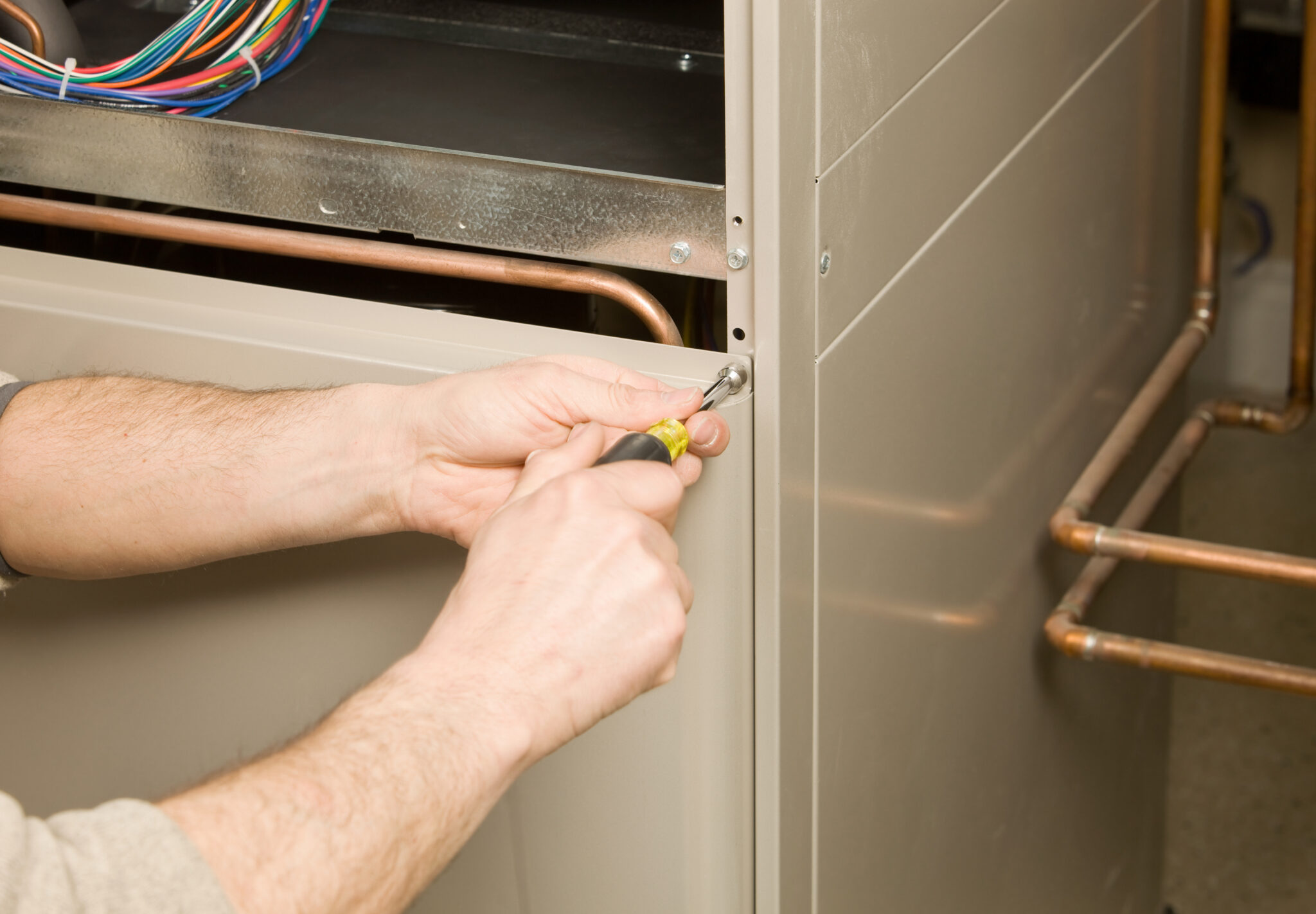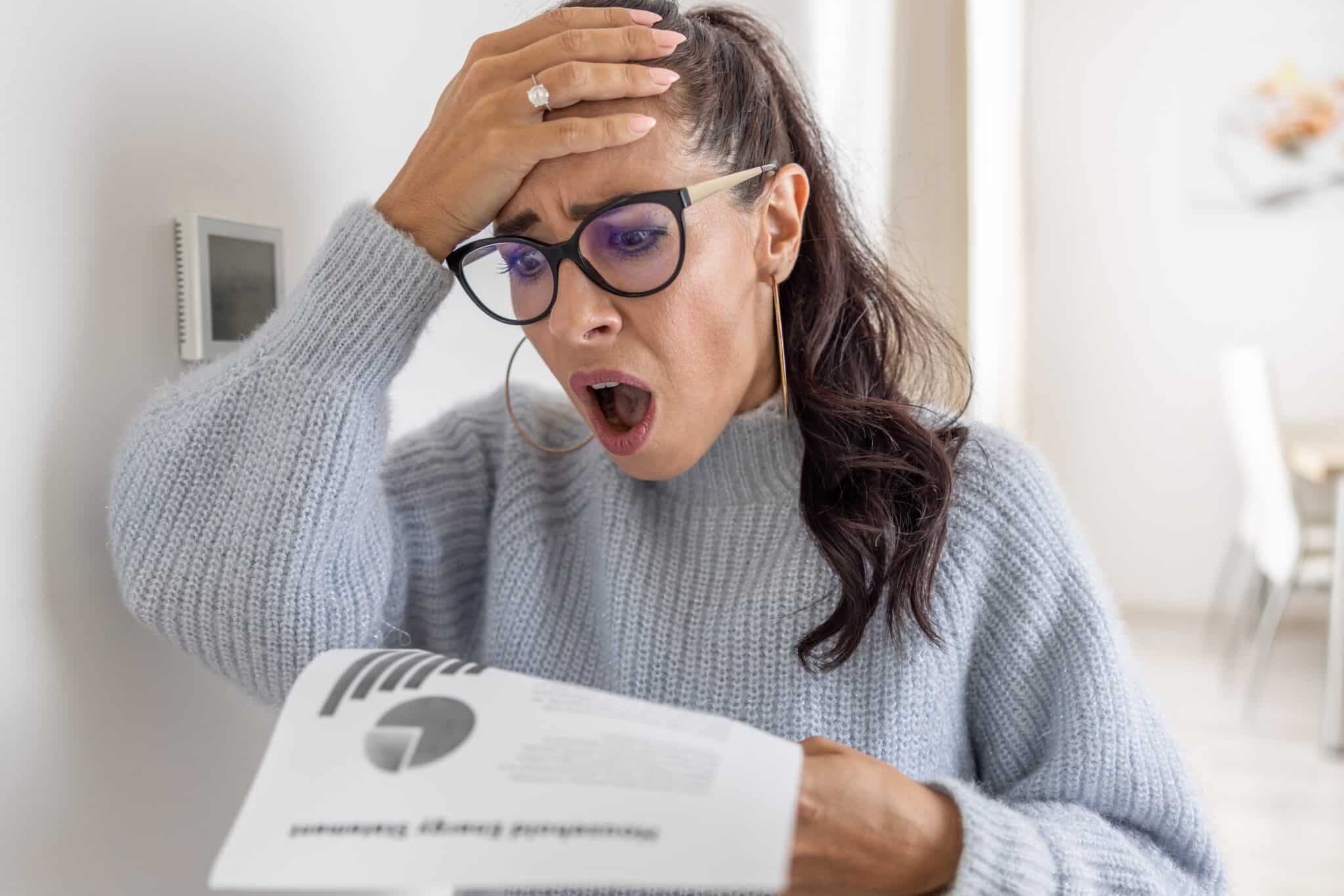Are air purifiers worth it for allergen control? Absolutely. With advanced HEPA filters, air purifiers capture 99.97% of small particles like dust, pollen, and pet dander, dramatically reducing allergy symptoms. This means fewer sneezes and cleaner air, creating a safer indoor environment. Paired with regular cleaning, air purifiers provide year-round relief for anyone sensitive to allergens.
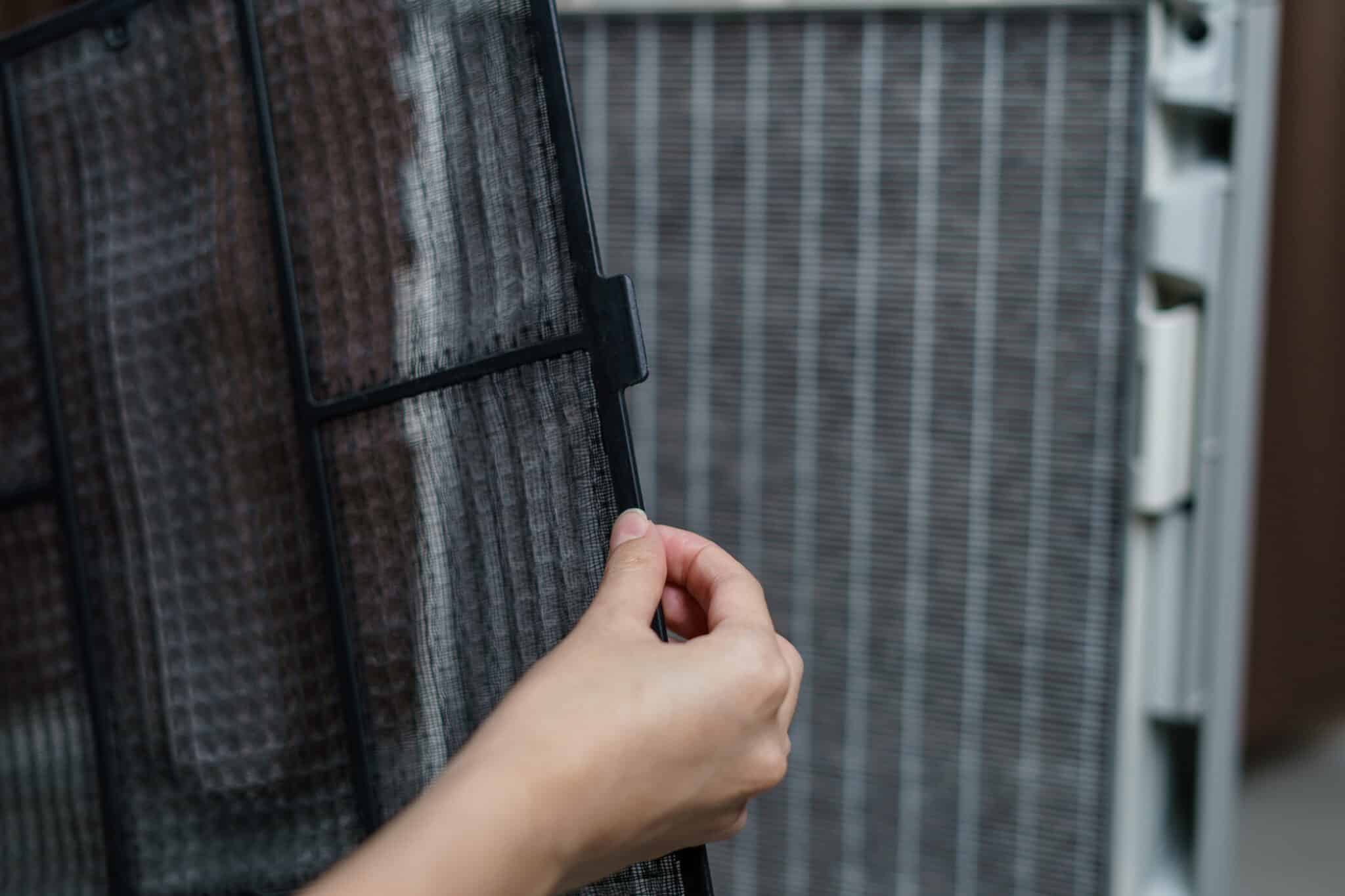
How Air Purifiers Work to Remove Allergens
Air purifiers effectively remove indoor allergens, creating healthier environments for allergy sufferers. Here’s how they work to keep indoor air clean and comfortable:
-
Advanced HEPA Filtration
The core of many air purifiers, HEPA filters capture up to 99.97% of tiny particles, including dust mites, pollen, and pet dander. These dense fibers form a barrier that traps pollutants as air circulates, allowing only clean air to return to the room.
-
Odor and Gas Reduction with Activated Carbon
Many air purifiers also contain activated carbon filters. These absorb and neutralize odors, smoke, and volatile organic compounds (VOCs) often found in household products, effectively removing harmful gases from the air.
-
UV-C Light for Microbial Control
For an added layer of protection, some models use UV-C light to neutralize bacteria, mold spores, and viruses. This technology breaks down these microorganisms’ cellular structure, rendering them inactive and preventing them from recirculating in the air.
-
Continuous Air Circulation
Air purifiers work by constantly circulating indoor air, trapping pollutants that would otherwise settle on surfaces or remain airborne. This ongoing filtration provides a proactive solution, offering noticeable allergy relief and a safer, healthier home environment year-round.
Using an air purifier as part of an overall air quality strategy, along with regular cleaning and proper ventilation, delivers real benefits for those with allergies, making the indoor environment cleaner and more comfortable.
Common Indoor Allergens Addressed by Air Purifiers
Air purifiers are highly effective tools for tackling a range of indoor allergens, improving air quality, and providing relief to allergy sufferers. Here’s how they work on the most common allergens:
-
Dust Mites
Found in bedding, carpets, and upholstery, dust mites thrive in warm, humid areas and contribute to sneezing, itchy eyes, and congestion. HEPA-equipped air purifiers trap these microscopic mites and their allergenic waste, effectively reducing their presence in the air.
-
Pollen
Though pollen originates outdoors, it easily makes its way inside on clothes, shoes, and through open windows. High-efficiency air purifiers capture these fine particles, helping reduce indoor pollen exposure, which can be particularly beneficial during peak allergy seasons.
-
Pet Dander
For homes with pets, dander—tiny skin flakes from animals—becomes a significant allergen that floats and settles on surfaces. Air purifiers with HEPA filters capture these dander particles, helping to lower exposure and making life easier for pet owners with allergies.
-
Mold Spores
Mold grows in damp, humid spaces, releasing spores that cause respiratory issues and allergic reactions. Purifiers with HEPA and UV-C filters capture and neutralize mold spores, offering a cleaner, mold-free environment and reducing the risk of respiratory irritation.
-
Volatile Organic Compounds (VOCs)
Emitted from cleaning products, paint, and furniture, VOCs can irritate respiratory systems. Air purifiers with activated carbon filters absorb these harmful gases, improving indoor air quality by removing VOCs that contribute to poor air quality.
By addressing these diverse indoor allergens, air purifiers create healthier, more comfortable living spaces. For allergy sufferers, they’re a reliable defense against airborne triggers that regular cleaning alone can’t control, resulting in cleaner, fresher air year-round.
Types of Air Purifiers and Their Specific Benefits
Each type of air purifier is designed to target specific pollutants and allergens, bringing unique benefits to different indoor spaces. Here’s how each one works to improve indoor air quality:
-
HEPA Purifiers
Using High-Efficiency Particulate Air (HEPA) filters, these purifiers capture 99.97% of particles as tiny as 0.3 microns, including dust, pollen, and pet dander. HEPA purifiers are ideal for those with allergies, as they trap airborne allergens and provide significant relief from respiratory symptoms. This technology is particularly effective for anyone needing reliable protection against common indoor allergens.
-
Activated Carbon Purifiers
These purifiers specialize in eliminating odors, smoke, and VOCs (volatile organic compounds) found in household products, furniture, and cleaning supplies. The activated carbon filter absorbs these gases and chemicals, creating fresher, healthier air. This type is especially beneficial for homes with strong odors or chemical sensitivities, as it provides a cleaner, odor-free environment.
-
UV-C Light Purifiers
UV-C purifiers use ultraviolet light to destroy the DNA of bacteria, viruses, and mold spores, effectively preventing them from reproducing and spreading. This makes UV-C purifiers a powerful choice in areas prone to bacterial growth or damp conditions that foster mold. Ideal for homes in humid climates, UV-C filters provide enhanced microbial control for safer air.
-
Ionic Purifiers
Ionic purifiers release negatively charged ions that bond with airborne pollutants, causing them to settle out of the air. While they don’t capture particles in a filter, they help reduce the number of airborne irritants in larger areas. This makes ionic purifiers useful for open spaces that need consistent allergen reduction.
-
Ozone Generators
Often used in commercial settings, ozone generators emit ozone to neutralize strong odors and certain pollutants. While effective for odor control, they’re recommended only for unoccupied areas, as high ozone levels can be harmful. These units are typically reserved for industrial applications or heavy-duty odor removal.
Selecting the right air purifier depends on your specific air quality needs—whether it’s allergen control, odor removal, or microbial defense. Each purifier type can play a valuable role in creating a tailored approach to cleaner, healthier indoor air.
Air Purifiers vs. Other Air Quality Improvement Methods
Improving indoor air quality involves a mix of effective methods, each with unique benefits. Here’s how air purifiers compare to other air quality improvement strategies:
Air Purifiers
Air purifiers are designed to trap airborne particles like dust, pollen, and pet dander through filtration systems, including HEPA filters. Purifiers with additional filters, such as activated carbon, also absorb odors and volatile organic compounds (VOCs), while UV-C options neutralize bacteria and viruses. This direct filtration approach targets particles that trigger allergies, offering continuous relief in areas prone to high allergen levels.
Ventilation Systems
Natural or mechanical ventilation systems improve indoor air by introducing fresh outdoor air and expelling stale air. This method helps to dilute VOCs and indoor air pollutants and is particularly effective for reducing carbon dioxide levels indoors. However, ventilation alone may not filter out small particles like pollen or pet dander, making it less effective during peak allergy seasons without additional filtration measures.
Humidifiers and Dehumidifiers
These devices adjust indoor humidity levels, which indirectly supports air quality. Dehumidifiers reduce moisture, making it harder for mold and dust mites to thrive, while humidifiers add moisture to relieve respiratory symptoms in overly dry conditions. However, they don’t remove airborne pollutants, so they’re often used with air purifiers to manage both humidity and allergens.
Regular Cleaning and Maintenance
Dusting, vacuuming with HEPA vacuums, and washing fabrics can remove allergens from surfaces and carpets. While cleaning controls allergen buildup, it doesn’t filter the air continuously like purifiers do. Cleaning supports air purifiers by reducing the overall dust and allergen load indoors.
Houseplants
Certain plants can absorb VOCs, adding a natural element to air quality improvement. While they help with air freshness, houseplants don’t capture dust, pet dander, or pollen, so their impact on air quality is limited compared to purifiers. They work best as a supplemental strategy, enhancing air freshness rather than directly filtering allergens.
In sum, while air purifiers excel at directly filtering airborne pollutants, combining them with ventilation, humidity control, and cleaning provides a robust solution for maintaining healthier, allergen-free indoor air year-round.
Optimal Placement and Use of Air Purifiers
For the most effective allergen reduction, knowing where and how to use your air purifier can make a significant difference. Here’s how to optimize placement and operation:
Central, Open Positioning
Place the air purifier in a central spot within the rooms you use most often, such as the living room or bedroom. A central location without obstructions helps the purifier draw in air from multiple directions, boosting its efficiency in capturing airborne particles like dust, pollen, and pet dander.
Avoid Walls and Corners
Keep the purifier at least 12-24 inches away from walls, corners, and large furniture. These obstacles can restrict airflow, reducing the purifier’s ability to circulate clean air throughout the room effectively. Open space around the purifier allows it to function optimally, pulling in air without blockages.
Position at Breathing Height
Placing the purifier at the table or countertop level, where most breathing occurs, maximizes its access to pollutants at a more concentrated level. This setup is especially helpful for removing allergens from the air you’re most likely to inhale, making your indoor air noticeably cleaner.
Keep Windows and Doors Closed
To prevent outdoor pollutants from entering, keep windows and doors closed while the purifier is running. This ensures it’s filtering the same air repeatedly, enhancing purification results and reducing airborne allergens.
Continuous Operation for Consistency
Run your air purifier continuously, especially in peak allergy or pollution seasons. Running it on a lower setting 24/7 is generally more effective than intermittent, high-powered use, providing a steady flow of clean air without sudden shifts in air quality.
Choose the Right Size
Ensure the purifier matches the room’s size. Most purifiers are rated for specific square footage, so selecting one too small for the space can limit its effectiveness. For larger areas, a higher CADR-rated purifier may be necessary to cover the entire room effectively.
Following these steps can help your air purifier operate at its best, creating a cleaner, more comfortable indoor environment free of allergens year-round.
Benefits of Air Purifiers for Allergy Sufferers
Air purifiers can be life-changing for allergy sufferers, providing cleaner air that translates into noticeable relief from symptoms. Here’s why they’re so beneficial:
Effective Allergen Capture
High-efficiency HEPA filters in air purifiers capture up to 99.97% of microscopic allergens like dust, pollen, and pet dander. By removing these triggers from the air, air purifiers help reduce congestion, itchy eyes, and other allergy symptoms, making indoor spaces much more comfortable.
Reduced Respiratory Irritation
Beyond allergens, air purifiers trap additional irritants like smoke, mold spores, and bacteria, making breathing easier for individuals with respiratory issues. By removing particles that can inflame airways, purifiers can help prevent flare-ups and promote better respiratory health.
Improved Sleep Quality
Air purifiers make a noticeable difference in sleep quality by eliminating airborne particles that can trigger nighttime allergies. With cleaner air and fewer irritants in the bedroom, allergy sufferers can enjoy more restful, uninterrupted sleep.
Control of Odors and VOCs
Activated carbon filters in air purifiers absorb VOCs and odors from household products, reducing chemical exposure and unpleasant smells that can irritate allergy-prone individuals. This cleaner, odor-free air enhances overall comfort indoors.
Incorporating an air purifier helps allergy sufferers experience a healthier, allergen-free environment, ultimately improving their quality of life and supporting long-term wellness.
Maintenance Tips for Continued Efficiency
Regular maintenance is key to keeping an air purifier performing optimally in Manvel, TX, where seasonal pollen and dust can affect indoor air quality. To ensure cleaner air and prolong the unit’s lifespan, it’s essential to replace filters regularly, keep the purifier unobstructed, and inspect the unit for any issues. Following these steps will maximize your air purifier’s efficiency and maintain healthy indoor air quality year-round.
-
Timely Filter Replacement
HEPA filters generally need replacement every 6-12 months, while carbon filters may require changes every 3 months. Sticking to these intervals keeps the purifier capturing allergens effectively. Delaying filter replacements can reduce its efficiency, allowing allergens to escape back into the air.
-
Monthly Pre-Filter Cleaning
Many purifiers have pre-filters to trap larger particles before they reach the main filter. Clean or vacuum this layer monthly to maintain airflow and reduce strain on the purifier, extending the life of the HEPA filter.
-
Regular Exterior Wipe-Down
Dust can accumulate on the purifier’s exterior, particularly around air intake areas. Wiping down the surface every few weeks prevents this dust from recirculating and keeps the unit looking clean. A quick wipe also ensures unblocked airflow, enhancing purification power.
-
Use Filter Change Indicators
Many units have indicator lights or app notifications to signal when a filter needs changing. Relying on these alerts can help avoid performance dips and prolong the purifier’s functionality by ensuring timely maintenance.
Following these maintenance steps ensures that your air purifier consistently delivers cleaner, allergen-free air, helping to create a healthier indoor environment year-round.
Air Purifiers for Seasonal Allergies and October Considerations
With the arrival of October, seasonal allergens like ragweed, mold spores, and dust mites increase, making air purifiers an effective solution for allergy relief. Here’s how air purifiers can be a game-changer during this challenging month:
Effective Capture of Fall Allergens
October brings a rise in ragweed pollen and dust mites, both potent triggers for allergy sufferers. Air purifiers equipped with HEPA filters trap up to 99.97% of these allergens, filtering out particles as small as 0.3 microns. By removing these irritants, HEPA air purifiers can reduce common symptoms like sneezing, itchy eyes, and congestion, allowing for more comfortable breathing indoors.
Control of Mold Spores
Cooler temperatures and increased humidity in fall can lead to indoor mold growth, particularly in damp areas like basements and bathrooms. Air purifiers with both HEPA and UV-C light filters neutralize mold spores, preventing them from circulating and reducing the risk of respiratory issues associated with mold exposure.
Strategic Placement for Maximum Benefit
During October, place the air purifier in rooms where you spend the most time, such as living rooms or bedrooms. Central positioning helps ensure that allergens are filtered effectively from the areas most commonly occupied, providing consistent relief throughout the day.
Continuous Operation for Consistent Air Quality
Running the purifier 24/7 during peak allergy seasons is highly effective. A steady flow of purified air prevents the buildup of allergens indoors, keeping air quality optimal even as outdoor allergens peak.
Using an air purifier during October’s high-allergen period can significantly improve indoor air quality, making it easier to enjoy a healthy, allergy-free home environment as fall allergens peak.

FAQs
-
How do air purifiers help with allergies?
Air purifiers capture airborne allergens like dust, pollen, and pet dander. Models with HEPA filters are especially effective, trapping up to 99.97% of particles as small as 0.3 microns, providing relief for allergy sufferers during high-allergy seasons.
-
What type of air purifier is best for removing odors and chemicals?
Activated carbon air purifiers are ideal for absorbing odors and volatile organic compounds (VOCs) found in household products. They complement HEPA filters by removing gases that typical particle filters can’t capture, keeping indoor air fresh and free of chemical irritants.
-
Where should I place my air purifier for maximum efficiency?
Position the air purifier in high-use areas, such as a bedroom or living room, away from walls and obstructions. Placement at breathing height, like on a table, ensures it captures the most airborne particles.
-
How often should I replace the filters?
For optimal performance, replace HEPA filters every 6-12 months and carbon filters every 3 months. Many models include indicator lights to signal when it’s time for a change, ensuring consistent air quality.
-
Can air purifiers eliminate mold and bacteria?
While HEPA filters capture mold spores, UV-C light filters neutralize bacteria and viruses, reducing biological pollutants in the air. Regular cleaning of surfaces also helps manage mold effectively.
For effective allergy relief and fresher indoor air, an air purifier is a powerful investment. With proper placement and regular maintenance, you’ll enjoy cleaner, healthier air all year.
Contact Southern Comfort Heating & Air Services for expert recommendations on finding the best purifier for your home’s needs.











